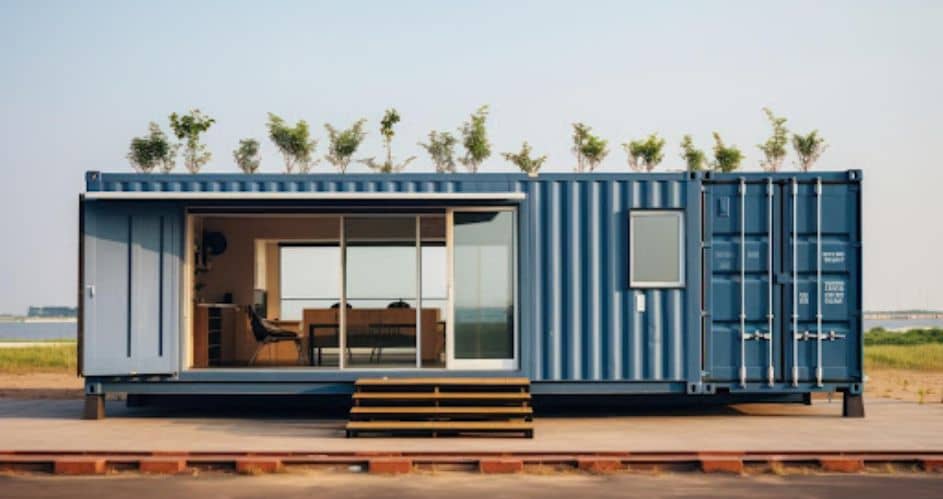
In a world facing environmental issues and an increasing demand for sustainable living alternatives, the concept of repurposing shipping containers has arisen as an innovative and environmentally-conscious response.
These massive steel structures, originally designed for the sole purpose of transporting goods worldwide, are now undergoing a remarkable transformation into comfortable, energy-efficient homes. This repurposing not only minimizes carbon emissions but also provides an exceptional and chic living environment.
Converting a shipping container into a sustainable home is a great way to utilize space, minimize costs, and reduce environmental impact. Here are a few tips to streamline the process of converting a shipping container into a sustainable home to create a comfortable living space.
Planning and Design
The first step in converting a shipping container into a sustainable home is careful planning and design. Here are some key considerations:
Permits and Regulations:
Check local zoning laws and building codes to ensure you can legally convert a shipping container into a home in your area. You may need to obtain permits and adhere to specific regulations.
Layout:
Plan the layout of your container home carefully. Consider the rooms you need, their sizes, and how they will be arranged within the container. Efficient space utilization is key.
You can explore shipping containers home ideas shared by a reputable shipping container provider. Their expertise allows them to help customers choose the right size shipping container and modify them to fulfill any home design or living needs.
Insulation:
Shipping containers are made of steel and are not naturally insulated. To create a comfortable living environment, you’ll need to insulate the container’s walls, roof, and floor. Options include spray foam insulation, rigid foam boards, or eco-friendly insulation materials.
Structural Modifications
Converting a shipping container into a sustainable home requires some structural modifications:
Cutting Openings:
You’ll need to cut openings for windows and doors. Consider using energy-efficient, double-glazed windows and insulated doors to minimize heat loss.
Reinforcing the Roof:
To prevent water leakage and create a foundation for a green roof or rooftop garden, reinforce the container’s roof with steel beams.
Sustainability Features
To make your shipping container home truly sustainable, incorporate eco-friendly features:
Solar Panels:
Install solar panels on the roof to harness renewable energy. This can help you generate electricity for your home, reducing or eliminating your reliance on the grid.
Rainwater Harvesting:
Collect rainwater from the container’s roof into a storage tank. This harvested water can be used for flushing toilets, watering plants, and other non-potable purposes.
Energy-Efficient Appliances:
Invest in energy-efficient appliances and fixtures to reduce electricity and water consumption.
Interior Finishing
Transforming the interior of your shipping container is where you can get creative:
Flooring:
Choose sustainable options like bamboo, reclaimed wood, or recycled tiles.
Cabinetry and Fixtures:
Use reclaimed or eco-friendly materials for cabinetry, countertops, and fixtures. Consider non-toxic paints and finishes.
Ventilation:
Proper ventilation is essential for maintaining indoor air quality. Install energy-efficient ventilation systems with heat recovery to reduce energy consumption.
Off-Grid Living and Self-Sufficiency
One of the appealing aspects of a shipping container home is the potential for off-grid living and self-sufficiency:
Composting Toilets:
Consider installing a composting toilet to reduce water usage and create nutrient-rich compost for your garden.
Greywater Recycling:
Implement a recycling system to treat and reuse wastewater from sinks and showers for irrigation.
Food Production:
Maximize space by integrating a small garden or vertical hydroponic system to grow your own food.
